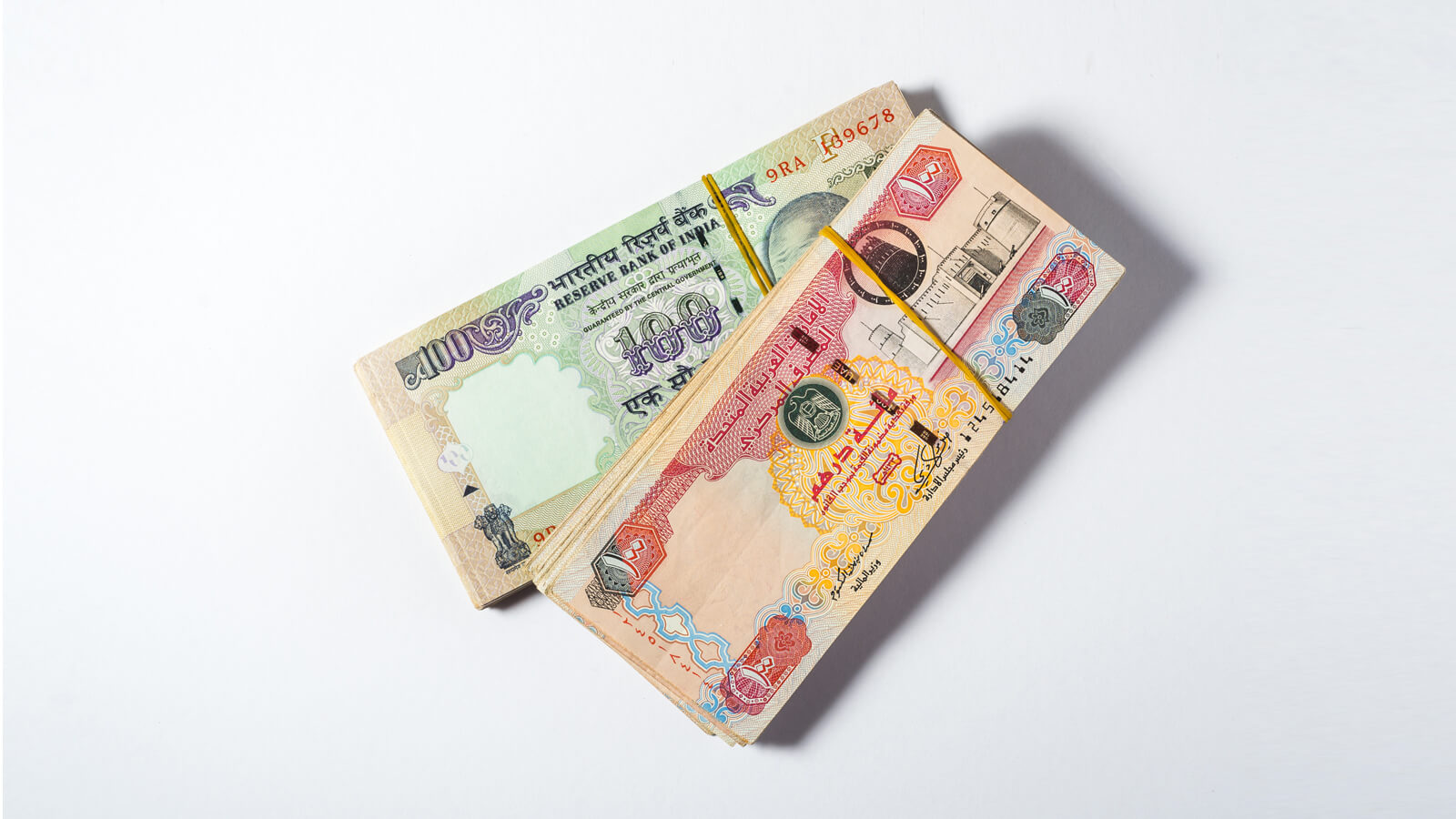What the India-UAE currency swap means for businesses in the region?

What the India-UAE currency swap means for businesses in the region?
Over the past two decades, cross-border trade between India and the UAE has risen. As a result, exports from the UAE to India have grown at an annualized CAGR of 12.7% — from $1.1 billion in 1995 to $22.1 billion in 2020. Against the backdrop of this scenario, these two regions have entered into currency swap agreements and bilateral trade pacts to strengthen cross-border trade along this route
What is a currency swap?
To make the most of such international contracts, businesses in the regions involved need to know what the terminologies and jargon mean. In the context of a currency swap agreement, it essentially involves two parties entering into a contract to exchange an equivalent amount in their respective currencies directly. They do not benchmark either currency against a third standard currency (typically, the US dollar).
The benefits of currency swap
Currency swap agreements benefit the countries involved as well as the businesses therein in several ways. Foremost among these advantages is the facilitation of more straightforward trade between the two regions. Additionally, the currencies involved are strengthened, and the accompanying trade risk is reduced.
Aside from these direct benefits, currency swap agreements cement the trust between the two regions, opening up more cross-border trade opportunities. This could give small businesses and startups a platform to expand their trade beyond local markets and enter the export business.
Decoding the India-UAE currency swap agreement
Towards the end of 2018, India and the UAE entered into a currency swap agreement to facilitate direct trade between the two regions — without using any third benchmark currency. This bilateral currency swap was for a sum equivalent to ₹35 billion or 2 billion dirhams, which was expected to boost the two local currencies.
In February 2022, India and the UAE signed a bilateral trade pack, the Comprehensive Economic Partnership Agreement (CEPA). Touted as the most significant trade agreement between the two regions, it could enable more efficient trade across the India-UAE border as the world opens up post-COVID.
Benefits of such agreements for businesses in the UAE
In the next five years, the CEPA is expected to boost bilateral trade in goods to over $100 billion and in services to over $15 billion. This, coupled with the impact of the currency swap agreement signed in 2018, will undoubtedly have a positive cascading effect on businesses in the UAE.
For one thing, it will strengthen the buyer-supplier relationships across the India-UAE border. In addition, both established ventures and small businesses get the advantage of enhanced market access abroad, so they are poised to scale greater heights and expand into newer market segments. It also enables more competitive trade between the two countries, resulting in huge business savings since the currency conversion bypasses the US dollar. Lastly, the currency swap agreement could also indirectly facilitate smoother supply chain movements between large and small businesses in India and the UAE.
As borders blur, streamlining e-procurement is key
If your business is based in the UAE, Moglix can help you with this. With comprehensive digital supply chain solutions that are future-facing and aligned with the UAE’s vision for the years to come, we enable businesses in the region to streamline their e-procurement procedures and strengthen supplier relationships. Get in touch with us to learn more.

